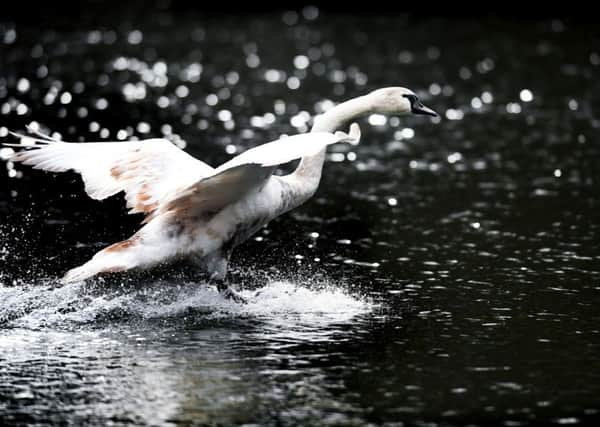Swanning around on a lake at Leeds's Roundhay Park


These waterbirds might not be as graceful landing on water as they are sailing across it but, as this photograph shows, they are pretty captivating no matter what they’re doing.
This particular swan is touching down on Waterloo Lake at Roundhay Park in Leeds, and if, like me, you’re a regular visitor here then you will have seen these majestic birds out on the water countless times.
Advertisement
Hide AdAdvertisement
Hide AdThey aren’t the only ones you’ll find in the park which covers over 700 acres of rolling parkland, lakes, woodlands and impressive and carefully tended gardens.
There’s a wide variety of common woodland birds such as nuthatch, jay and the great spotted woodpecker (whose call I’ve heard but which frustratingly I’ve not yet seen).
Great crested grebe are known to breed on the two lakes here and common terns have nested, too. Tufted duck and pochard visit here and sometimes goosanders in winter, while grey wagtail can occasionally be seen on the upper lake or near the lower lake sluice, and if you’re really lucky you might catch a glimpse of a kingfisher.
The park as we recognise it today began to take shape in 1803 when the land was purchased by Thomas Nicholson, who developed the natural features into an impressive country estate complete with ravine, landscaped gardens, woodland walkways and waterfalls.
Advertisement
Hide AdAdvertisement
Hide AdIn 1811, Nicholson commissioned work on the mansion which took 15 years to complete. A sham castle, known as a folly, was also built, designed in the form of a medieval gateway. It was a place of retreat and contemplation and in its early days had a wooden roof that allowed for social gatherings.
Arguably the most impressive design of this wonderful, sprawling park was the 33-acre lower lake, which was constructed in just two years by soldiers who had returned from the Napoleonic wars – hence its rather apt name ‘Waterloo Lake.’
Technical data. Nikon D5, 400mm Lens, 400 ISO, 1/2000s @ F5.
Picture: Jonathan Gawthorpe
Words: Chris Bond